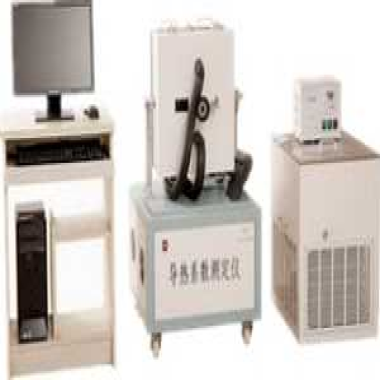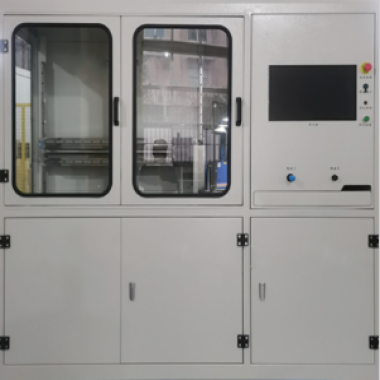Frequently Asked Questions about Wash Test Consumables
New 4 6 月, 2025
What is the difference between ECE and IEC ?
IEC is the International Electrotechnical Commission. This is a standards organization that issues standards for the electrical sector. They specify the detergents that will be used by laundry equipment manufacturers to verify their performance.
ECE is the European Colour Fastness Agency, which is responsible for setting color fastness standards in collaboration with the International Organization for Standardization, and its detergents are used in these standards.
In fact, the detergents themselves are very similar.
Simply put…
– Any detergent called “A” is phosphate-free
– Any detergent called “B” contains phosphates
– Any IEC detergent contains the fluorescent whitener OBA
– Any ECE detergent does not contain the fluorescent brightener OBA
So, for example, ECE A and IEC A are essentially the same except that IEC A contains the fluorescent whitener OBA.
IEC also has a detergent formulation that contains protease, known as IEC A*. This is the most representative commercially available biological detergent.
What is TAED ?
TAED (tetraacetylethylenediamine) is a low-temperature bleach activator for the European market. It forms oxidative bleaching systems at lower temperatures with perborates and percarbonates, which do not normally readily produce hydrogen peroxide. In the United States, NOBS (SNOBS) is the preferred low temperature bleach activator.
The IEC/ECE detergents you see do not contain perborates/percarbonates or TAED, why?
If perborates/percarbonates and TAED are mixed in the detergent, they will react over time (especially in hot countries with high humidity) and the bleaching potential of the detergent will be reduced, which can seriously shorten the shelf life of the product. Adding them separately before testing, on the other hand, preserves chemical activity and shelf life.
Why is the ECE B standard offered even though it has not been used in any household washing method since 2001?
ECE B is still used in ISO 105-C06:2010.This standard is the standard for color fastness in household and commercial laundering.The AATCC Standard Reference Detergent (without fluorescent brighteners) is also used in this standard, but outside of the Americas, ECE B is more common.


